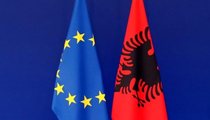Kamchatka and the Ring of Fire/ A reminder of the power and unpredictability of the Earth
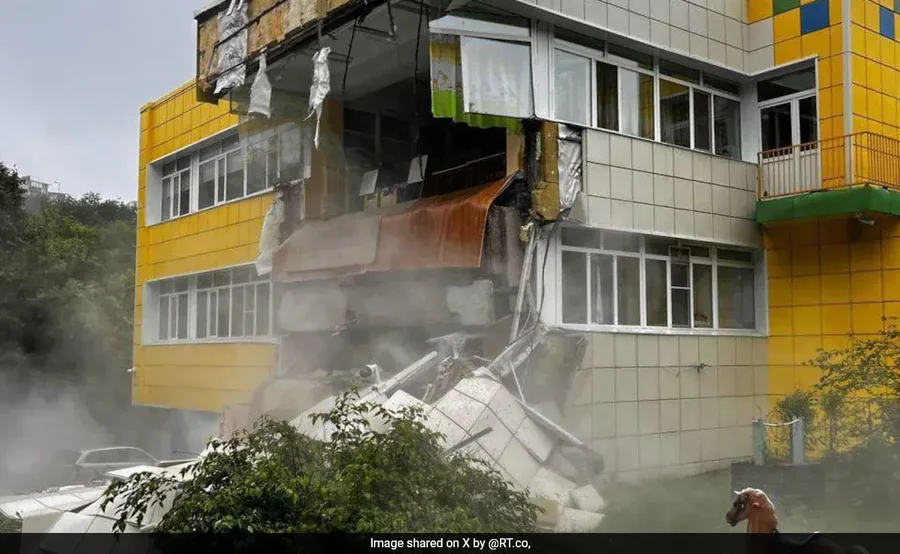
The magnitude 8.8 earthquake that struck Kamchatka, Russia, has once again focused attention on one of the most dangerous and geologically unstable regions on the planet, the Pacific Ring of Fire. The tremors and subsequent tsunamis are manifestations of the ongoing geological activity that affects a large part of the Pacific Ocean. But what do we really know about the Ring of Fire? And why is Kamchatka one of the areas with the greatest seismic and volcanic activity in the world?
The Pacific Ring of Fire is a geological zone over 40,000 kilometers long that surrounds the Pacific Ocean. It is characterized by intense seismic and volcanic activity, due to the presence of many tectonic plates that are in constant motion. The main tectonic plates associated with the earthquake are the Pacific, North American, South American, Philippine, and Indo-Australian islands. The dominant geological phenomenon is subduction, the movement of one plate under another, which causes large-scale and potentially destructive earthquakes.
The belt extends along the eastern coasts of Asia (Japan, Philippines, Indonesia), Oceania (Papua New Guinea, New Zealand), and continues along the western coasts of the Americas, from Alaska to Chile. It is estimated that approximately 90% of the world's seismic activity and 75% of the planet's active volcanoes are located within this belt.
Why is Kamchatka a seismic region?
The Kamchatka Peninsula lies on a subduction zone between the Pacific and Okhotsk tectonic plates. One plate slides beneath the other, creating enormous pressures that are released in the form of powerful earthquakes. The region is also home to more than 160 volcanoes, 29 of which are active, including Klyuchevskaya Sopka, one of the largest volcanoes in the world. The combination of intense tectonic and volcanic activity makes Kamchatka one of the most geologically unstable regions on Earth.
According to scientists, the Ring of Fire will continue to produce powerful earthquakes and volcanic eruptions in the future. Continuous monitoring, the use of sophisticated sensors and early warning systems are essential to reduce the risks to the population. The event in Kamchatka is another reminder of the power and unpredictable nature of our planet.

Britain, a beneficiary of the EU-US agreement? Tariff difference could favor British trade with partners
As world leaders and economists in Europe scrutinize the trade deal between the European Union and the United States, some experts have warned of negative......
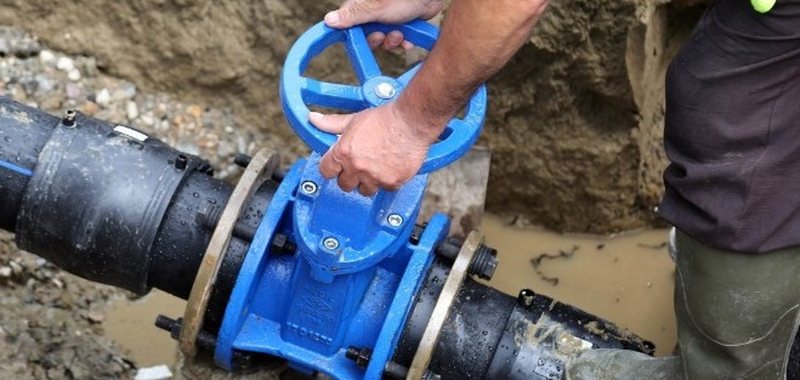
Methodology for water supply subsidies approved/ For families in need, 100% compensation for up to 5 cubic meters of water per month
The government has adopted an important decision for the water supply and sewerage sector, which aims to financially support families in need and guarantee......

Italy, demographic crisis "paralyzes" the economy/ Working-age population will shrink by over 20% in 25 years
National statistics agency Istat said Italy's working-age population is expected to shrink by more than a fifth over the next 25 years, highlighting the......
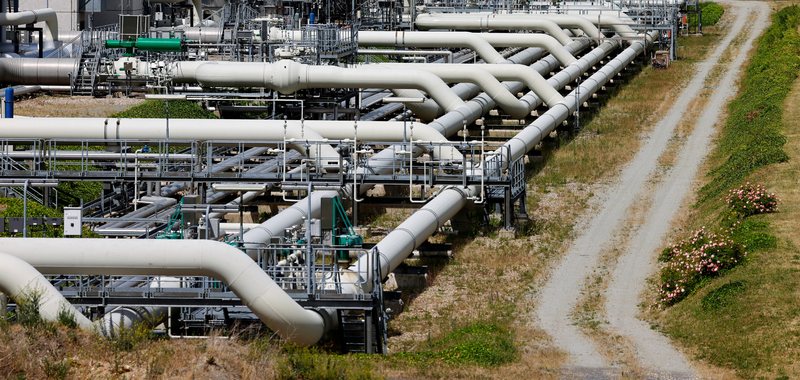
EU's $750 billion pledge/Can the bloc buy more American energy?
The European Union has pledged to buy $250 billion worth of energy supplies from the United States each year, including oil, liquefied natural gas (LNG) and......
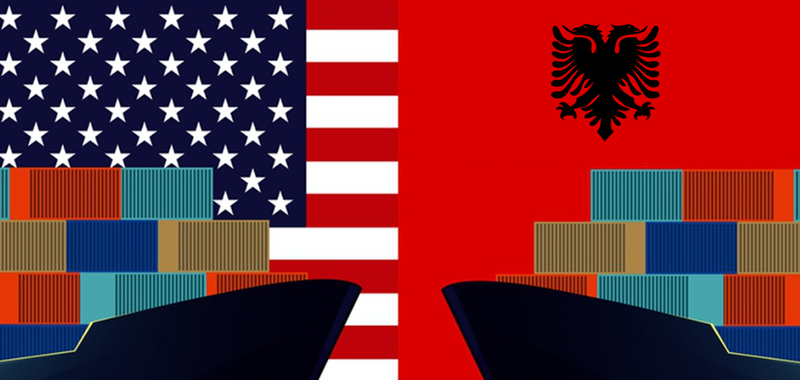
Removing trade tariffs with the US/ Mullaj: Time for joint action
At a time when international economic relations are being reshaped by new geopolitical and trade dynamics, Albania has a real opportunity to strengthen its......
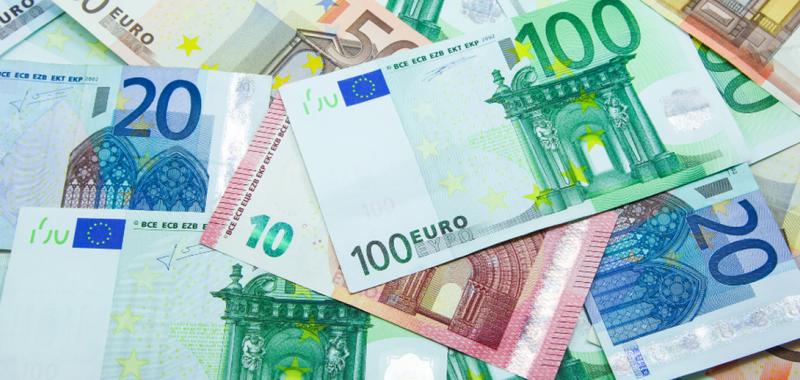
The fall of the euro does not stop / It was exchanged for 97 lek throughout July, at historical lows
The euro has depreciated dramatically against the lek during the month of July. According to the official exchange rate, 1 euro was exchanged for 97.42 lek......

What are the results of food inspections? Citizens: They should be done more often, we are safer
The Ministry of Finance, the General Directorate of Taxes, and the Ministry of Agriculture are continuing actions to formalize the market for agricultural......

Is there hope for the euro's growth? Tafa: More monetary policy should be used to soften the exchange rate
The euro-lek exchange rate reached historic lows in July, with 1 euro being worth approximately 97 lek. But what is happening to the euro? Why is the......









